In the world of security and defence, precision and timing are everything. Whether it’s coordinating teams across vast geographies, tracking assets, or understanding operational readiness, leaders depend on clear, rapid insight to make the right decisions under pressure.
Yet for years, those insights were often buried in spreadsheets, siloed systems, or lengthy reports valuable, yes, but far from actionable in real time. That’s where data visualisation has quietly started to change the game.
At Maptimise, we’ve seen first-hand how visual intelligence can help organisations in highly sensitive sectors understand their environments more clearly without ever compromising operational confidentiality. It’s not about revealing what can’t be shared; it’s about helping decision-makers see patterns safely and act faster.
The Power of a Picture
Security and defence operations are complex by design. Data comes from multiple sources, field teams, logistics systems, sensors, compliance tools, and more. Each dataset holds critical value, but understanding how they fit together is where the real intelligence lies.
Data visualisation bridges that gap. When teams can see data layered across time and geography, they can spot risk, allocate resources, and predict issues before they become problems.
But in this industry, there’s an important distinction: it’s not about visualising everything; it’s about visualising what matters. The goal isn’t to expose sensitive information, it’s to make the right insights visible only to the right people, at the right time.
Maptimise: Mapping Insight, Not Exposure
At Maptimise, we approach security-related projects with one guiding principle: data visibility without vulnerability.
Our platform enables organisations to visualise critical workforce or asset information securely, often using anonymised or aggregated data models. This means leaders can see workforce capability, location readiness, or resource availability, all without identifying individual personnel or exposing sensitive infrastructure.
For example, an operations leader might want to understand:
- Where specific skillsets are concentrated across multiple sites or jurisdictions.
- How quickly teams could be deployed or reassigned.
- What potential gaps exist in readiness for upcoming projects or scenarios.
Through secure mapping and filtered data layers, these insights can be surfaced clearly but always in a way that maintains discretion and compliance with internal protocols.
The “So What” Factor
In any mission-critical environment, there’s a difference between having data and being data-driven. The visual layer is often where that transition happens.
When decision-makers can interact with data visually, they can ask better questions:
- What happens if this region becomes unavailable?
- Where is our response capacity weakest?
- Can we rebalance resources before the next cycle?
Visualisation simplifies complexity, creating a common language across teams, from operations to the field. That shared visibility accelerates coordination and drives confidence in decisions, even when the stakes are high and timelines are tight.
Balancing Clarity and Confidentiality
Security and defence organisations face a unique tension: the need for clarity internally and confidentiality externally. Maptimise sits in that middle ground enabling visibility without exposure.
We design each visualisation layer to respect data sensitivity, using techniques such as:
- Anonymised clustering, where insights are grouped without pinpointing exact individuals or assets.
- Access-controlled dashboards, ensuring only verified stakeholders can view specific datasets.
- Tiered data filters, so operational, strategic, and executive users see only what’s relevant to their role.
This ensures that insight drives action safely, efficiently, and in compliance with both internal and external governance standards.
The Future: Intelligence That Moves at the Speed of Operations
As defence and security environments evolve, so too does the data that supports them. The next generation of decision tools will rely not just on collecting information, but on interpreting it faster than ever before.
With Maptimise, visualisation becomes a strategic enabler transforming static data into operational foresight. Whether it’s planning workforce deployment, managing maintenance cycles, or tracking readiness levels across regions, leaders can anticipate rather than react.
And in sectors where timing, trust, and precision define success, that’s an edge worth having.
In a world where so much of what matters must remain unseen, the ability to see patterns safely is invaluable.
Data visualisation in the security and defence industries isn’t about exposure, it’s about empowerment. It’s about connecting the dots without crossing the line, giving teams the confidence to make fast, informed, and compliant decisions when it matters most.
At Maptimise, we’re proud to be part of that quiet transformation helping organisations bring their data to life securely, intelligently, and responsibly.


Leave a Reply